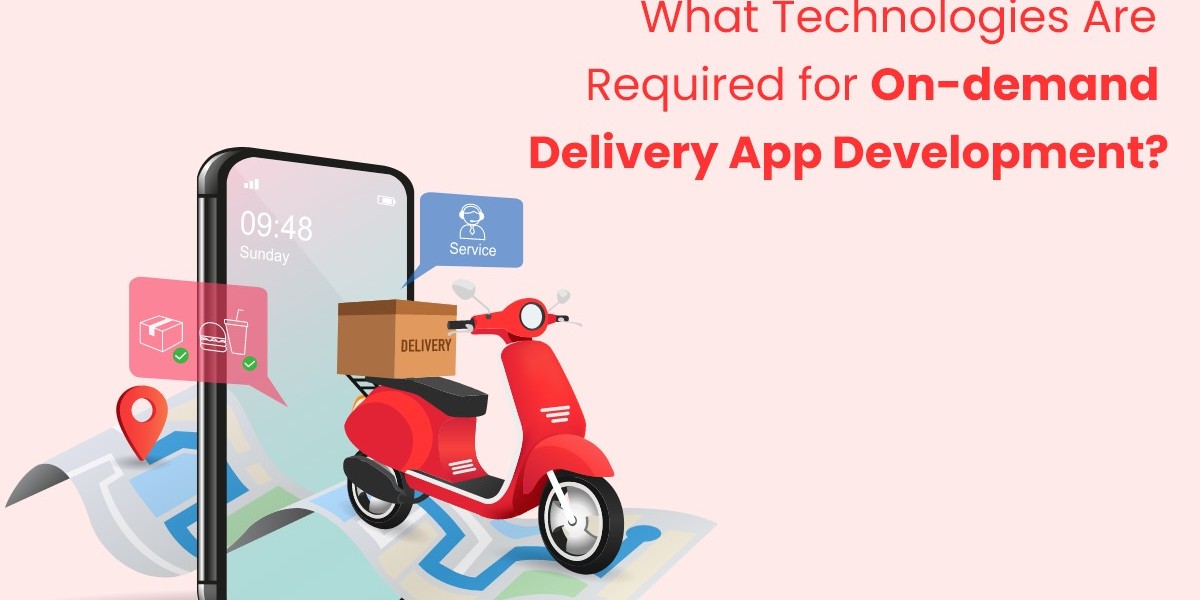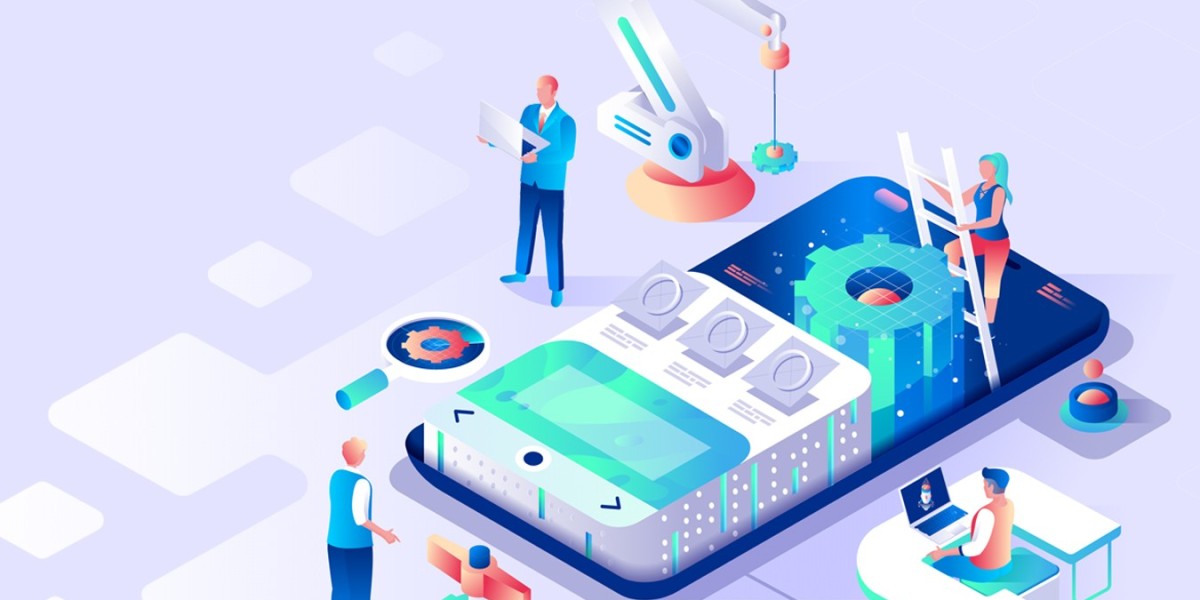On-demand delivery apps have become an essential part of modern life, providing convenience and efficiency in various sectors, from food delivery to parcel services. Developing such apps requires a comprehensive understanding of multiple technologies to ensure a seamless user experience, efficient logistics, and robust performance. Here, we explore the key technologies required for on-demand delivery app development.
1. Mobile App Development Frameworks
The foundation of any on-demand delivery app is its mobile application. There are two main approaches to mobile app development:
Native Development: This involves developing apps specifically for a single platform, either iOS or Android. Technologies like Swift or Objective-C are used for iOS apps, while Kotlin or Java are used for Android apps. Native apps tend to offer superior performance and user experience but require separate development efforts for each platform.
Cross-Platform Development: This approach allows for a single codebase to be used across multiple platforms. Technologies like React Native, Flutter, and Xamarin enable developers to write code once and deploy it on both iOS and Android, reducing development time and cost.
2. Backend Development
A robust backend is crucial for managing the app's operations, including user authentication, order processing, and data management. Key technologies include:
Server-Side Languages: Popular choices include Node.js, Python (with frameworks like Django or Flask), Ruby on Rails, and Java (with Spring Boot). These technologies provide the backbone for handling server requests, processing data, and ensuring smooth communication between the app and the server.
Databases: Databases store and manage all the necessary information such as user profiles, order details, and transaction records. SQL databases like MySQL or PostgreSQL are commonly used for structured data, while NoSQL databases like MongoDB or Firebase are preferred for their scalability and flexibility in handling unstructured data.
3. Real-Time Features
Real-time features are essential for on-demand delivery apps to provide users with up-to-date information. Technologies enabling real-time functionalities include:
WebSockets: WebSockets facilitate real-time communication between the server and the client, allowing for instant updates on order status and real-time chat between users and service providers.
Firebase Realtime Database: This NoSQL cloud database allows for real-time data synchronization, making it an excellent choice for apps that require instantaneous data updates.
4. Geolocation and Mapping
Accurate geolocation and mapping are fundamental for tracking deliveries and providing location-based services. Key technologies include:
Google Maps API: Widely used for integrating maps and geolocation services into apps. It allows for features like location tracking, route optimization, and geofencing.
Mapbox: Another powerful mapping tool that provides customizable maps and advanced geolocation features.
5. Payment Gateways
Secure and seamless payment processing is a critical component of on-demand delivery apps. Popular payment gateway integrations include:
Stripe: Known for its ease of integration and robust security features.
PayPal: A widely recognized and trusted payment platform.
Braintree: Provides comprehensive payment solutions, including support for multiple currencies and payment methods.
6. Push Notifications
Push notifications are essential for keeping users informed about their orders, promotions, and updates. Technologies for implementing push notifications include:
Firebase Cloud Messaging (FCM): Allows for sending notifications across Android, iOS, and web platforms.
OneSignal: A versatile push notification service that supports multiple platforms and offers advanced targeting and analytics features.
7. Cloud Services
Cloud services are vital for scalable and reliable app performance. Key cloud service providers include:
Amazon Web Services (AWS): Offers a wide range of cloud computing services, including storage, databases, and machine learning tools.
Google Cloud Platform (GCP): Provides robust cloud services and is known for its AI and machine learning capabilities.
Microsoft Azure: Offers a comprehensive suite of cloud services with strong support for enterprise applications.
8. Security Technologies
Ensuring the security of user data and transactions is paramount. Key security technologies include:
SSL/TLS Encryption: Ensures secure data transmission between the app and the server.
OAuth 2.0: A protocol for secure authentication and authorization, often used for logging in with third-party services like Google or Facebook.
Two-Factor Authentication (2FA): Adds an extra layer of security for user accounts.
Conclusion
Developing a successful on-demand delivery app requires integrating a wide range of technologies to ensure functionality, security, and a seamless user experience. From mobile app development frameworks to backend infrastructure, real-time features, and security measures, each component plays a critical role in creating a robust and efficient app. By leveraging these technologies effectively, developers can build on-demand delivery apps that meet the high expectations of modern consumers and stand out in a competitive market.








